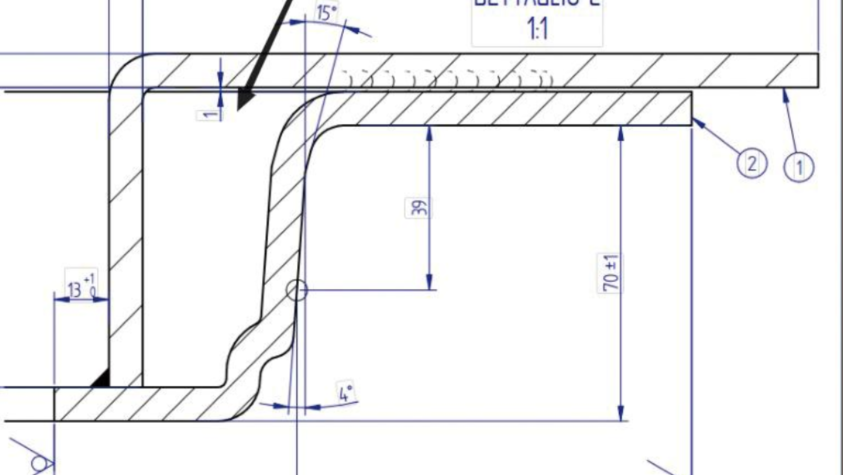- Afrikaans
- Albanian
- Amharic
- Arabic
- Armenian
- Azerbaijani
- Basque
- Belarusian
- Bengali
- Bosnian
- Bulgarian
- Catalan
- Cebuano
- China
- China (Taiwan)
- Corsican
- Croatian
- Czech
- Danish
- Dutch
- English
- Esperanto
- Estonian
- Finnish
- French
- Frisian
- Galician
- Georgian
- German
- Greek
- Gujarati
- Haitian Creole
- hausa
- hawaiian
- Hebrew
- Hindi
- Miao
- Hungarian
- Icelandic
- igbo
- Indonesian
- irish
- Italian
- Japanese
- Javanese
- Kannada
- kazakh
- Khmer
- Rwandese
- Korean
- Kurdish
- Kyrgyz
- Lao
- Latin
- Latvian
- Lithuanian
- Luxembourgish
- Macedonian
- Malgashi
- Malay
- Malayalam
- Maltese
- Maori
- Marathi
- Mongolian
- Myanmar
- Nepali
- Norwegian
- Norwegian
- Occitan
- Pashto
- Persian
- Polish
- Portuguese
- Punjabi
- Romanian
- Russian
- Samoan
- Scottish Gaelic
- Serbian
- Sesotho
- Shona
- Sindhi
- Sinhala
- Slovak
- Slovenian
- Somali
- Spanish
- Sundanese
- Swahili
- Swedish
- Tagalog
- Tajik
- Tamil
- Tatar
- Telugu
- Thai
- Turkish
- Turkmen
- Ukrainian
- Urdu
- Uighur
- Uzbek
- Vietnamese
- Welsh
- Bantu
- Yiddish
- Yoruba
- Zulu
Sep . 30, 2024 08:45 Back to list
Copper Sand Casting Manufacturing Facility for Quality Metallurgical Solutions and Services
The Evolution and Excellence of Copper Sand Casting A Look into Modern Goldsmithing Techniques
Copper is one of the most sought-after metals in countless industries today, primarily due to its superior conductivity, malleability, and resistance to corrosion. Among the various fabrication techniques available for this versatile metal, sand casting stands out as a time-honored method that combines tradition with modern technology. This article delves into the world of copper sand casting, exploring its processes, advantages, and the innovative practices employed by contemporary factories.
Understanding Sand Casting
Sand casting is a metalworking process that involves creating a mold from sand and then pouring molten metal into that mold to form a desired shape. The simplicity of this method has made it a popular choice for crafting components of varying complexities, especially in industries such as automotive, aerospace, and electrical engineering.
The core of the sand casting process is the mold, which consists of two halves—the cope and the drag. This duo is formed by compacting a mixture of sand, clay, and water around a pattern of the desired object. Once the pattern is removed, molten copper is poured into the cavity, allowed to cool, and solidify, after which it is retrieved, cleaned, and finished.
Advantages of Copper Sand Casting
Copper sand casting presents numerous advantages, making it a favored choice in manufacturing various copper components
.1. Versatility Sand casting can produce a wide range of shapes and sizes, from intricate designs to large structural components. This adaptability allows manufacturers to cater to various client needs across different sectors.
2. Cost-Effectiveness The sand casting process is generally more economical for low to medium production runs compared to other metalworking methods like die casting. The use of readily available materials, combined with less complex tooling, reduces production costs.
3. Quality Surface Finishing Although sand casting naturally leaves a textured surface, modern techniques and advanced finishing processes allow for high-quality surface results. This adaptability can be crucial for aesthetic applications and functional requirements alike.
copper sand casting factory

4. Ability to Cast Complex Geometries Sand casting is exceptionally capable of producing complex geometries that would be challenging to achieve with other methods. This includes intricate features and thin-walled components, enabling engineers to push the boundaries of design.
Innovations in Copper Sand Casting Factories
Modern copper sand casting factories are adopting innovative techniques to enhance quality, efficiency, and sustainability.
1. Automation and Robotics Many factories have begun integrating automation into the casting process. Robotic arms can handle materials and even facilitate the molding process, significantly reducing production time and increasing safety by minimizing human labor in potentially hazardous environments.
2. Advanced Materials New types of resin-bonded sand are being used, which enhance mold strength and precision. These materials contribute to improved surface finishes and allow for more intricate designs, addressing the evolving demands of modern industry.
3. Sustainability Practices With the growing emphasis on sustainable practices, copper sand casting factories are implementing recycling systems for sand and scrap metal. This not only reduces waste but also lowers the overall cost of manufacturing. Factories are also adopting eco-friendly solvents and lubricants to minimize environmental impact.
4. 3D Printing Integration The integration of 3D printing technology in the pattern-making process allows for rapid prototyping and design iteration. This technology enables engineers to swiftly adjust patterns based on feedback and testing, ultimately enhancing the efficiency of the production cycle.
Conclusion
Copper sand casting has evolved significantly from its ancient origins, blending traditional techniques with cutting-edge technology. As manufacturers strive for efficiency, quality, and sustainability, the copper sand casting industry is poised to remain a crucial player in the global metalworking landscape. By maintaining its commitment to innovation and excellence, copper sand casting factories will continue to produce high-quality components that meet the diverse needs of industries worldwide, reinforcing the timeless value of this versatile metal.
-
Premium Cast Iron Water Main Pipe: Durable, Corrosion-Resistant
NewsAug.03,2025
-
Durable Cast Iron Water Mains | AI-Optimized Systems
NewsAug.02,2025
-
High-Efficiency Propane Boiler for Baseboard Heat | Save Energy
NewsAug.01,2025
-
Premium Source Suppliers for Various Gray Iron Castings
NewsJul.31,2025
-
Durable Cast Iron Water Main Pipes | Long-Lasting
NewsJul.31,2025
-
High-Quality Cast Iron Water Main Pipe for Durable Infrastructure
NewsJul.30,2025


